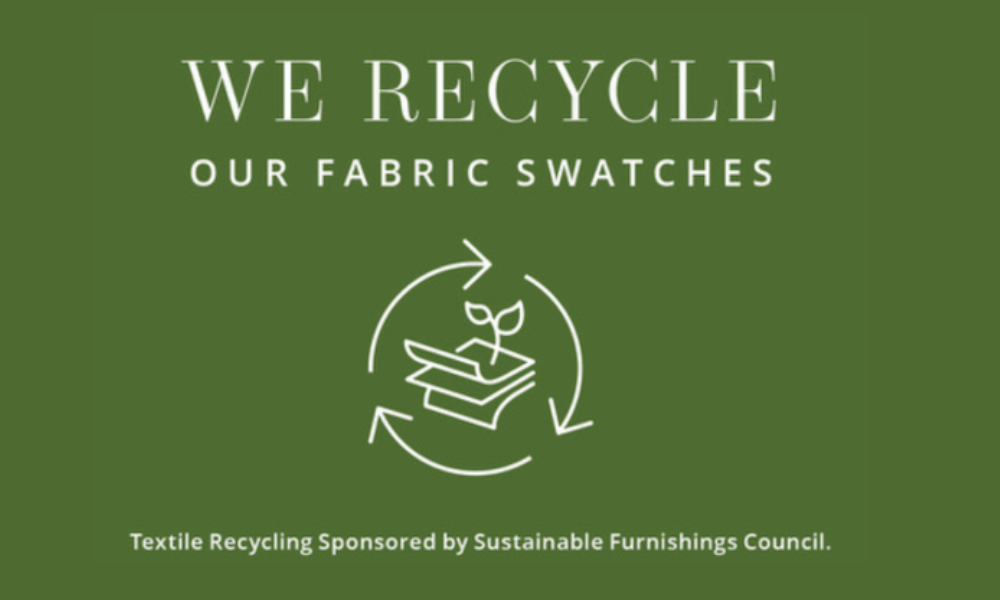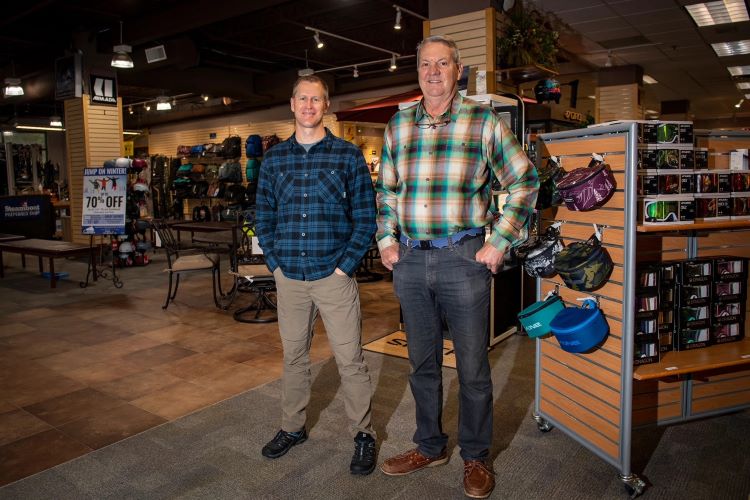Are you signed up for Google Alerts? It’s a handy tool that shows you top news stories from around the web based on keywords you input.
And if you’ve ever put in “outdoor furniture” or “casual furniture,” you know that the results are mainly ads for sales at big box or online places like Wayfair, Target and Walmart.
For a casual retailer, these ads can hurt business in a big way.
Pushing these sales messages through articles that millions of people see — like “12 Outdoor Furniture Deals to Shop During Wayfair’s Memorial Day Clearance Sale — cheapens the product and gives a bad name to the outdoor industry.
I don’t think the effects are always immediate, because it can take time for an advertising message to sink in. But over time, it drives the message that outdoor furniture should be cheap.
One personal example involves an affluent person I know who was shopping for outdoor furniture for his whole backyard. When he looked at furniture from some of the biggest names in the industry, he thought they were too expensive compared to Wayfair and went with the online retailer.
All of this is to say that this doesn’t have to be the case. Here are four actions you can take now to help stop the spread of misinformation:
- Fight back with SEO. You don’t have to reinvent the wheel, but if you write regular blogs with industry-specific keywords, Google could pick them up when people search for outdoor in your local area. Who knows, you might even make it to the front page of Google Alerts. As with any smaller company, it’s not about beating the bigger guys, it’s about hyper-focusing on your local area and finding loyal and repeat customers who appreciate great customer service, community involvement and quality furniture.
- Cut the sales jargon. Millennials have been deemed a different breed of consumer than their predecessors, and that will also be the case with Gen Z, who are not fans of being sold to in the traditional sense. Instead of offering 50% off, explain why the product you’re showing is going to help them enjoy their outdoor space. It’s about the experience, not the product.
- Educate. A simple video on your phone is so easy to make now, a 10-year-old can do it. Take out your camera and show consumers what you have and why it’s beneficial. Is it super durable? Do the cushions allow water to fall through? Why not show them how that works? Educate customers on what makes the furniture you carry better than Wayfair and Amazon. The more content you create, the more buzz you build around your store, and video is a great way to give people a taste of what you have before they come in to see it in person.
- Tell success stories. You already get customers’ information when they buy from you, so why not follow up with a special deal? Try reaching out to customers who bought a few years ago and offer them a gift card if they shoot a short video of how their outdoor furniture has held up. Customer testimonials are one of the most powerful tools retailers have in this age of the internet.
Online sales ads aren’t going anywhere — in fact, they’re likely to become more prevalent as time goes on. But that doesn’t mean retailers can’t and shouldn’t fight back in any way they can.








